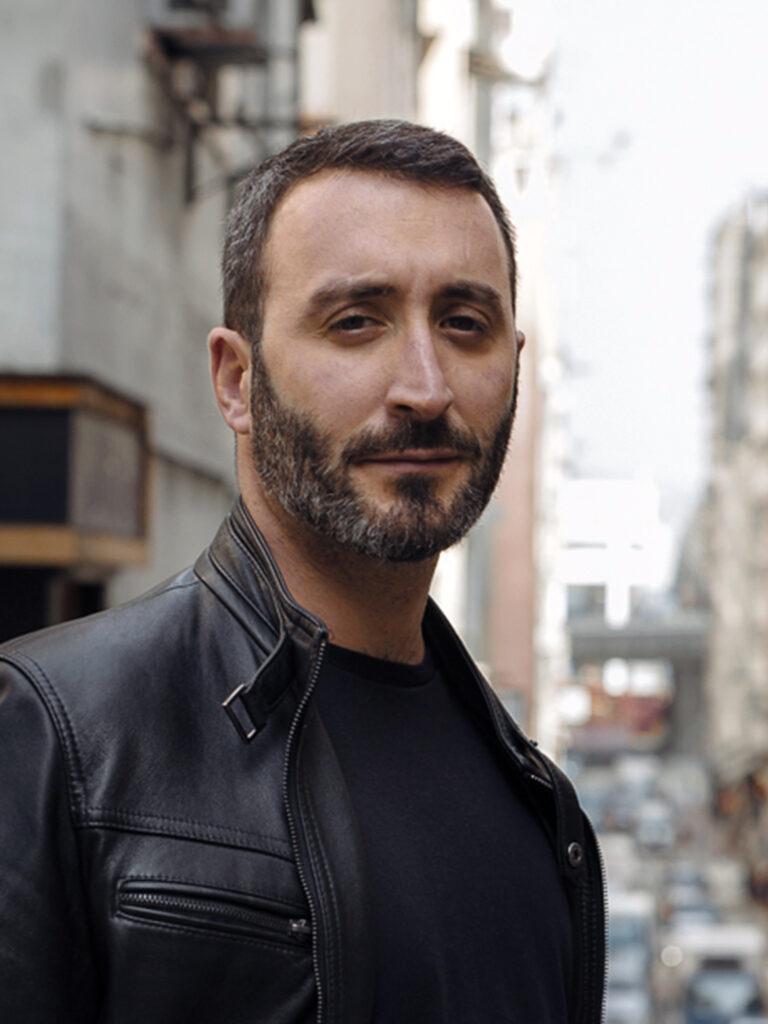
Thomas Canto,
Born in 1979,
Inspired by experts across a variety of industries, Thomas Canto has charged himself with the task of finding the connection between the different areas. He is known for his work distorting speed and city structures until their original forms are effectively unrecognizable. Regardless of the genre, Thomas Canto finds inspiration from figures like the Hungarian painter and sculptor László Moholy-Nagy to architects like Zaha Hadid and Jean Nouvel among others. His works also focus on creating images new through various medias and technologies that express the relationship between humans and architecture.
Thomas Canto’s works are precise and geometric in nature, using boundary lines to delineate spaces where tension can be released. He relies on light and shadows to compose his pieces with reflective effects, sometimes layering moving images with video projector mapping over sculptures to rebirth the pieces into installation art.
Thomas Canto’s repertoire is based on the energy of cities, which he is able to incorporate into his pieces thanks to his deep understanding of optical and kinetic art.
Light and movement are critical elements in contemporary art today, and these focal elements are clearly evident in his works.
Pieces by Thomas Canto depict a fine and detailed world of cities and interactions between humans and their urban environment. Containing modern components, his pieces are all accented with his unique individual flair. Additionally, the artist considers the many reiterations of daily life in the city and works to convey the chaos of the scenes through a variety of elements bending together.
Thomas Canto,
Né en 1979,
Inspiré par des experts de divers secteurs, Thomas Canto s’est chargé de trouver le lien entre les différents espaces qui composent notre environnement. Il est connu pour son travail déformant la vitesse et les structures de la ville jusqu’à ce que leurs formes d’origine soient effectivement méconnaissables. Quel que soit le genre, Thomas Canto s’inspire d’artistes comme le peintre et sculpteur hongrois László Moholy-Nagy, d’architectes comme Zaha Hadid et Jean Nouvel entre autres. Ses œuvres se concentrent également sur la création d’images nouvelles à travers divers médias et technologies qui expriment la relation entre les humains et l’architecture.
Les œuvres de Thomas Canto sont de nature précise et géométrique, utilisant des lignes de démarcation pour délimiter des espaces où la tension peut être relâchée. Il s’appuie sur la lumière et les ombres pour composer ses pièces avec des effets réfléchissants, superposant parfois des images en mouvement avec un mapping vidéo sur des sculptures, créant ainsi des espaces complexes à appréhender.
Le répertoire de Thomas Canto est basé sur l’énergie des villes, qu’il est capable d’incorporer dans ses pièces grâce à sa compréhension de l’art optique et cinétique.
La lumière et le mouvement sont des éléments fondamentaux de l’art contemporain aujourd’hui, et ces éléments focaux sont clairement évidents dans ses œuvres. Ces dernières dépeignent un monde fin et détaillé de villes et d’interactions entre les humains et leur environnement urbain.